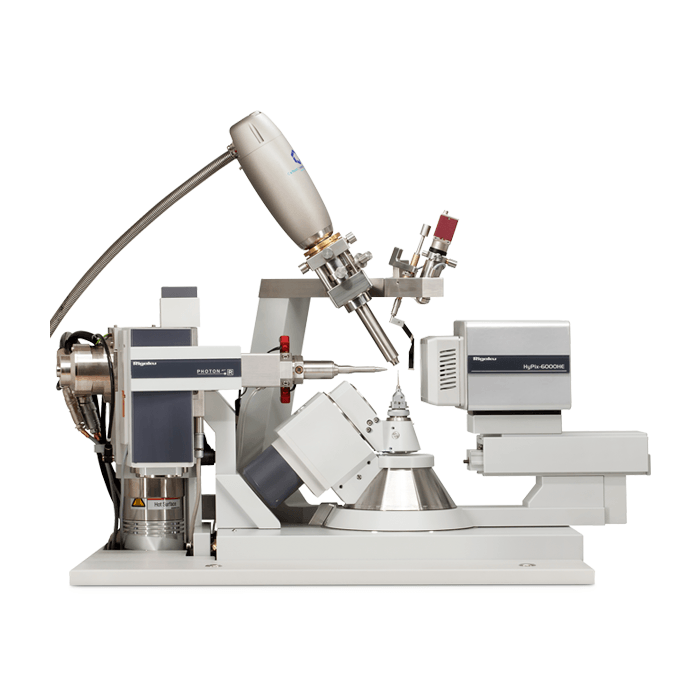We all know and accept that the ultimate instrument for performing X-ray diffraction studies including protein crystallography, structural biology or single crystal studies is the synchrotron. However, there are issues with getting access to the beamline such as timing, logistics, cost and availability. While the ideal scenario would be to have your own synchrotron, this is simply not feasible.
In the following sections, we will explain how a high-flux X-ray Diffraction (XRD) systems such as the Synergy-R or Synergy-DW can even be a superior alternative to the synchrotron for single crystal and protein crystallography. Similarly, The 9kW Rigaku smartLab can offer a similar advantages for studies in materials science. To learn more about the advantages of high flux XRD in materials science click here.
Rotating Anode X-ray Sources
The next best thing to the synchrotron is a high flux XRD diffractometer. High flux diffractometers are powered by rotating anode X-ray generators, a technology that was first commercially introduced in the 1970s. Rigaku are the world leaders in rotating anode technology with patents in place to protect their technological advantages. Rigaku rotating anode generators are the most powerful on the market, but also the most reliable (ensuring optimum beamtime) and the longest lifetime. It is not uncommon for these generators to function for two or three decades. As a result, Rigaku have installed thousands of rotating anodes around the world that have helped perform cutting edge research and even contributed to Nobel Prizes (e.g. Prof Amano and development of the blue LED)
These systems provide the number of photons required to analyse and characterise the most challenging samples.
Rotating anode X-ray generators provide significantly more power than conventional sealed tube X-ray generators. The following schematics summarise the way in which both work.
High Flux Rotating Anode XRD
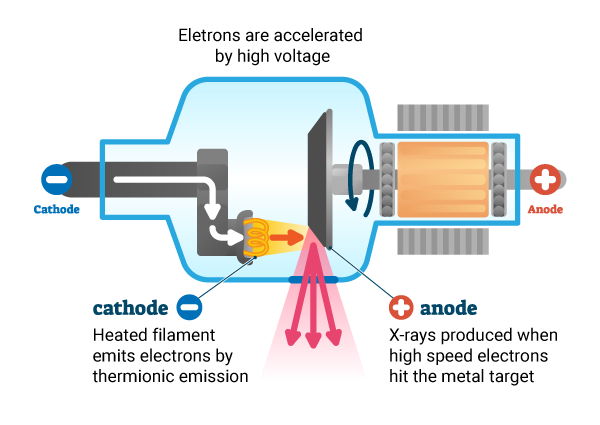
Sealed Tube XRD
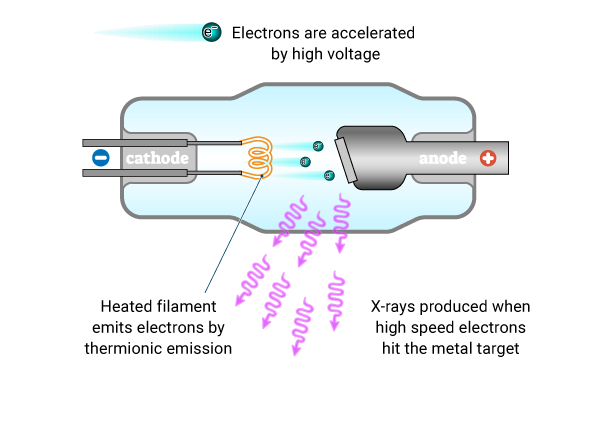
High flux rotating anode XRDs allow you to see the finest details in fastest timeframes, allowing you to maximise your throughput rates. Furthermore, the high flux offers you the best chance of detecting trace phases and resolving weakly diffracting crystals, which could be the difference between success and failure.
With a lifetime of 20 years plus, a high-flux diffractometer offers the most futureproof system, being able to cater for the largest range of potential sample types and measurement modes.
Microfocus Rotating Anodes Sources for Protein Crystallography and Small Molecule XRD
Researchers involved in both protein and small molecule crystallography also dramatically benefit from high-flux X-ray sources powered by microfocus rotating anode . The most popular rotating anode system on the market for single crystal crystallography has been the Rigaku XtaLAB Synergy-R (previously known as the MicroMax 007HF). This generator generates a small, very dense X-ray beam that can be easily focussed on your desired region of interest.
Microfocus rotating anodes generators are ideal for:
- Weakly diffracting samples, such as protein crystals, MOF or COF compounds
- Tiny crystals of 10 µm or less
- Laboratories with a high demand for data (departments with lots of students/researchers, facility centres) which must be able to collect data fast.
These systems come in two variants:
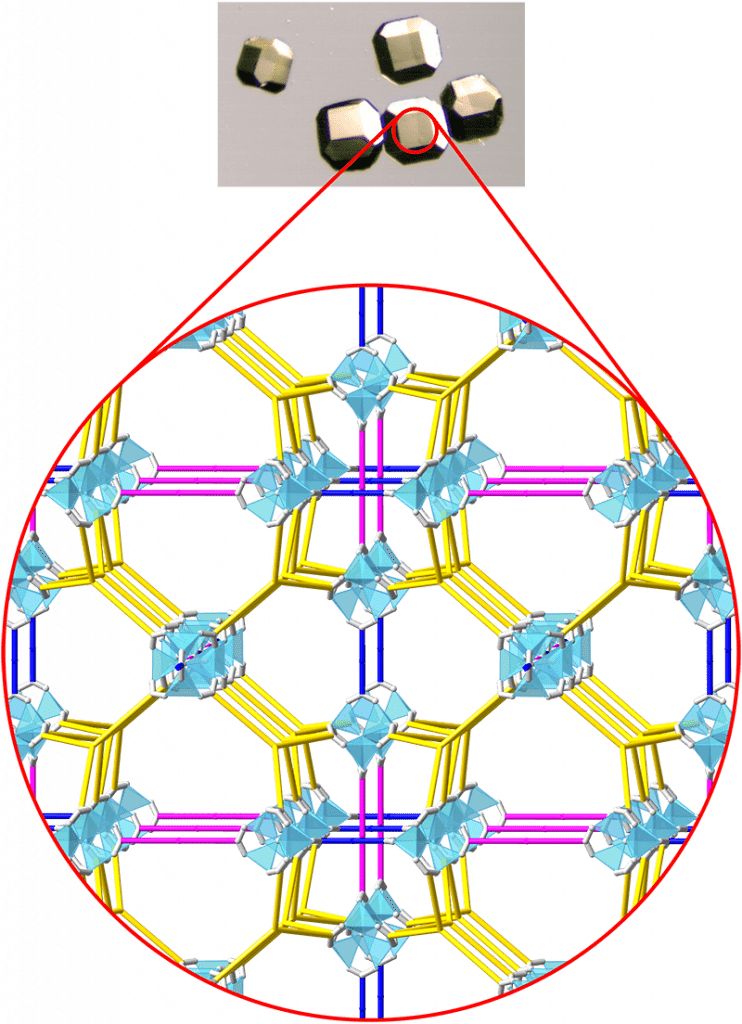
- Synergy-R – Single wavelength, choice of Cu, Mo or Ag
- Synergy-DW – Dual wavelength, unique to Rigaku. Any combination of 2 wavelengths among Cu, Mo or Ag is available, making it the most flexible diffractometer on the market. This option is perfect for multi-user sites analysing a wide range of sample types or catering to both small molecule and protein crystallographers, and a lower cost alternative to two Synergy-R’s each with a different wavelength.
Detectors
The other key component of diffractometers is the detector. The ideal detectors for use with high-flux X-ray sources are HPC (Hybrid Photon Counting) detectors. HPC detectors are next generation semiconductor detectors that directly measure every photon generated by your samples while generating no electronic noise. They also enable collection of far more detailed information compared to more conventional 1D devices, providing ultimate speed and accuracy.
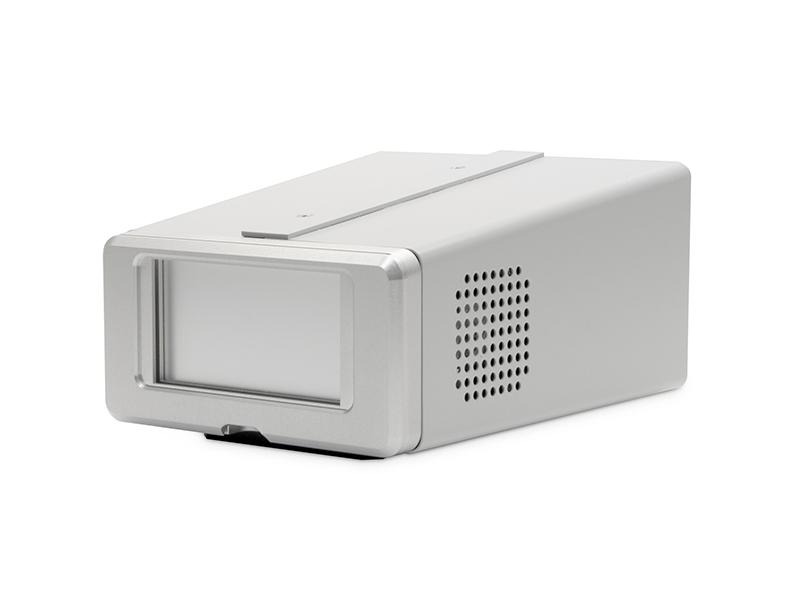
HPC detectors directly convert every single photon into an electric charge, unlike other detector technologies that need to convert X-ray photons into visible-light photons first and then transfer those visible photons to the electronics via fiber optics where they are transformed into an electrical signal. The simpler, more direct process in HPC detectors allows for each incoming X-ray photon to be counted immediately in true ‘shutterless’ mode. In turn, data loss is minimized, electronic noise is avoided, and signal-to-noise statistics are dramatically improved.
Another important aspect that contributes to their high performance is the fact that each pixel of a HPC detector has its own individual reading channel. This prevents any possible charge sharing between adjacent pixels, creating a top-hat, single pixel Point-Spread-Function. This results in greatly improved resolution of reflections (single crystal) or Debye-Sherrer rings (powder) , further improving signal-to-noise statistics and allowing for the detector to be placed very close to the sample for shorter data collection experiments.
HPC detectors are also an attractive option as they work in ambient conditions, i.e. there is no need to cool the electronic components to low temperature or place them in vacuum.
For single crystal diffraction experiments: a range of detectors with increasing size is offered to fit laboratories’ budget and sample throughput. Thus, the HyPix-6000, which has twice the size of the HyPix-bantam, is the detector most used by crystallographers. But for smaller laboratories with tight budgets, the HyPix-bantam will yield the same data quality, but will require slightly longer acquisition times. The ultimate solution is the HyPix-Arc 150°, a curved HPC detector with the highest 2θ range (150° angular coverage from edge to edge) at a single position. This allows you to collect more data in a single exposure while minimizing reflection profile distortion.
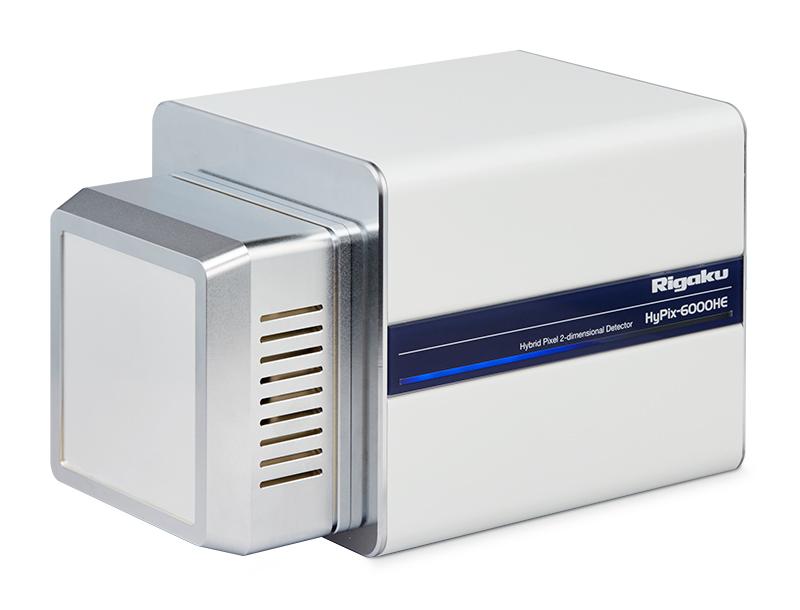
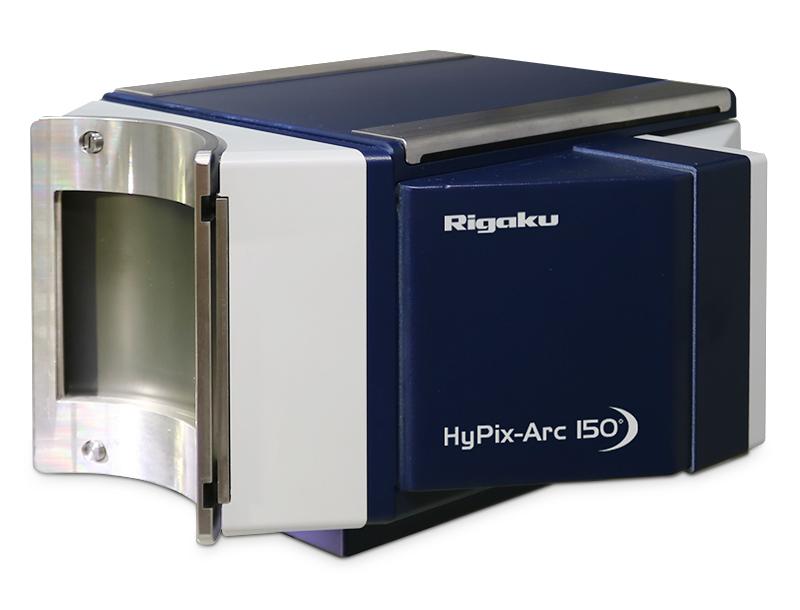
Click here to learn more about Hybrid Photon Counting detectors.
Benefits of High-Flux for Diffraction Studies
- Faster, accurate, high quality data collection – In conjunction with high-speed, high accuracy goniometers and HPC detectors, the higher flux X-ray source allows you to collect data faster
- Higher throughput – Faster scans leads to higher sample throughput rates
- Improve your ability to investigate small samples due to the increased flux from the rotating anode X-ray source as well as the extreme low-noise of the HyPix HPC X-ray detectors. Noise free images mean you can count longer for weakly diffracting crystals without a loss in data quality arising from detector noise
- Enhance your ability to resolve large unit cells, twins or incommensurate lattices when you select the optional motorised variable beam slit in order to fine-tune beam divergence and decrease reflections size. This Rigaku-specific feature allows for tuning the beam divergence for each sample without any extra loss of intensity, while removing the need for unsafe manual interventions on the diffractometer when crystallographers have to swap collimators to achieve better reflection resolution.
- More easily detect trace phases – With higher count rates, trace phases become easier to discern
- Maximise synchrotron time – By using your high-flux diffractometer, you can better screen samples that need to be analysed at the synchrotron
- Proven Reliable technology

